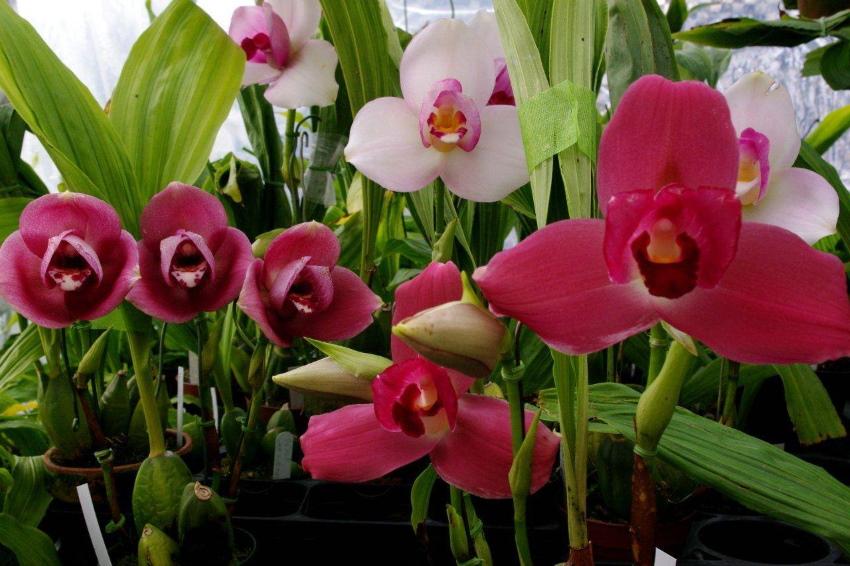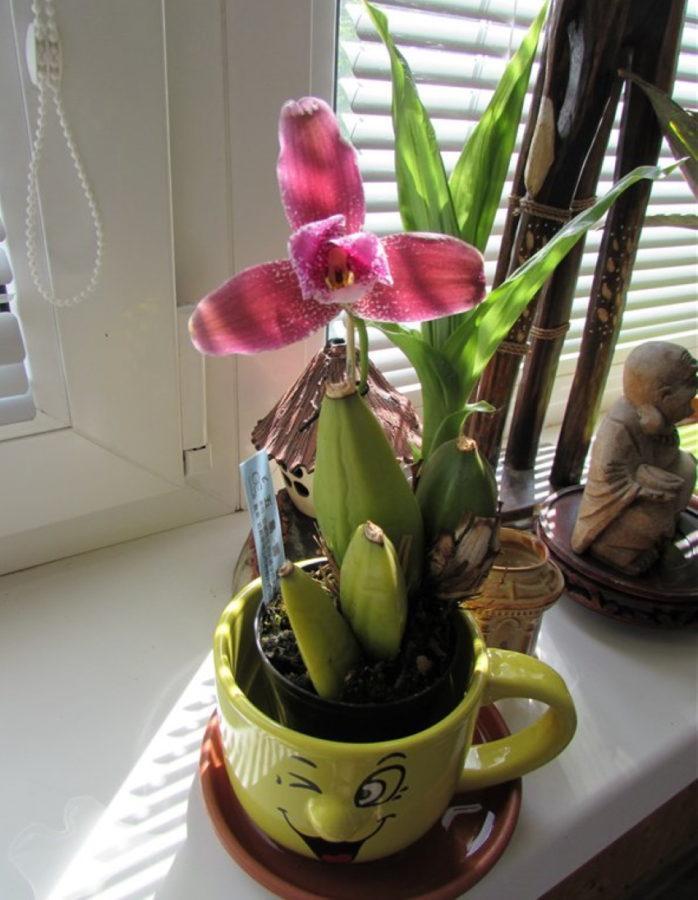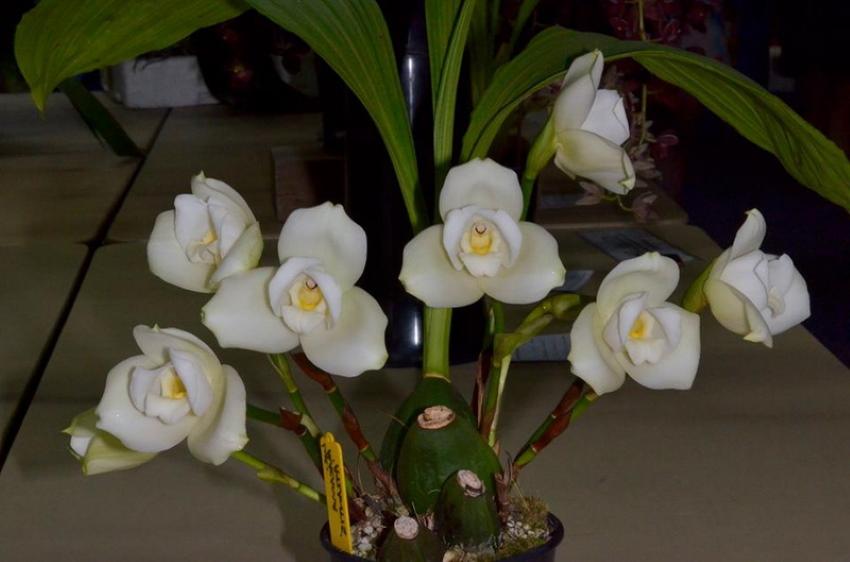Lycast orchid will delight you with large fragrant flowers
 Among orchids, there are special beauties that stand out in large luxurious inflorescences. The lycast orchid is just one of them, and its large flowers are so dense in structure that they seem to be artificial, made of wax. How does it differ from other members of the family?
Among orchids, there are special beauties that stand out in large luxurious inflorescences. The lycast orchid is just one of them, and its large flowers are so dense in structure that they seem to be artificial, made of wax. How does it differ from other members of the family?
Lycast orchid - characteristic features

Lycast has an interesting structure. It forms pear-shaped pseudobulbs, interconnected by shoots - rhizomes. Leaves grow from the tops of the bulbs in several pieces. The leaf plate is elongated, folded.
Peduncles appear from the base of the bulb, and there can be up to 10 of them. Only one flower blooms on them, but their diameter can reach 20 cm. Lycast flowers are characterized by very dense small petals, but large sepals, and a pleasant aroma. Depending on the specific variety, they can be painted in delicate white or pink tones. There are varieties with a deeper and more interesting orange and even brown color.
The flowering time also depends on the variety. Most orchids bloom in summer, but there are winter flowering species, while all lycasts bloom for up to 2 months in a row.
At home, the following lycasts are most often found:
- Virgin (aka Skinner) with white and pink flowers that bloom in late autumn.
- Korotkopryvalchaty with white flowers in pink specks and compact bush.
- Fragrant with yellow - orange fragrant flowers.
- Cochleata with small yellow flowers with a chocolate aroma.
- Blood-red with yellow petals, on the base of which a red spot protrudes.
What does lycast love
 A store-bought orchid substrate is suitable for growing a flower. It is better to put the pot on the east window, because the plant needs good lighting, but direct rays are not for it. On the northern windowsill, an orchid can live, but not bloom.
A store-bought orchid substrate is suitable for growing a flower. It is better to put the pot on the east window, because the plant needs good lighting, but direct rays are not for it. On the northern windowsill, an orchid can live, but not bloom.
In summer, it is advisable to take the lycast out into the garden; a temperature of about 25 ° C is considered comfortable for it. But there is an important condition for flowering: the night temperature should be about 10 ° lower. Almost all types of orchids retire for the winter, while being deciduous. Once the bush has begun to shed its leaves, it's time to prepare it for rest. It should take place at a temperature of 12-15 ° C.
At the same time, some modern hybrids develop all year round and do not rest, which means they do not shed foliage. They are also kept warm in winter and must be supplemented.
Licasts love moderate watering and do not respond well to stagnant water. Most species have enough air humidity of about 45%. It is better to maintain it by installing a humidifier and wiping the leaves. It is not advisable to spray them, stains will remain. Top dressing is needed only during the period of growth and flowering, and even then the dose fertilizers should be halved. Indoor lycast reproduces most often by division.